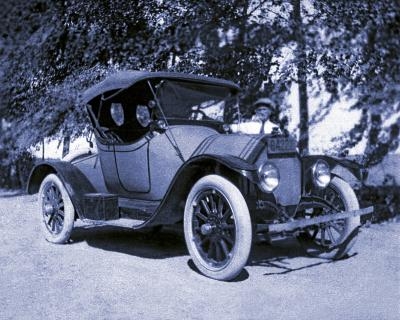
The Ford climate control is three systems working together to provide hot or cold air in your car. Problems with any of these three systems might prevent you from maintaining the cabin climate.
The Ford air condition system consists of the compressor, accumulator, evaporator, receiver/dryer and the lines. The number one cause of AC system failure is a refrigerant leak. Most often, the leaks occur in the nose of the compressor (where the compressor clutch rides on the compressor). The seals behind the clutch can deform over time, causing a leak that leads to an entire system failure if left unchecked.
The heater core and blower motor work in concert to send warm air into the Ford's cabin. The heater core derives its heat from the engine coolant, which circulates through the heater core. If the heater core plugs or leaks, the Ford can no longer provide heat.
Ford climate control relies on a series of ducts and a blower motor, as well as a blend door assembly and blend door actuator to properly route the warm or cold air from the AC or heater into the cabin. The blower motor and blend door actuators are both mechanical devices and, as with all such components, prone to failure.
The electronic temperature controller in your Ford dashboard allows you to turn the temperature up or down, select which vents the air will come from and how fast the blower motor will push the air out. The ETC is a combination of electric and mechanical devices working together in one assembly. If the ETC fails, you'll lose control of your entire climate control system.